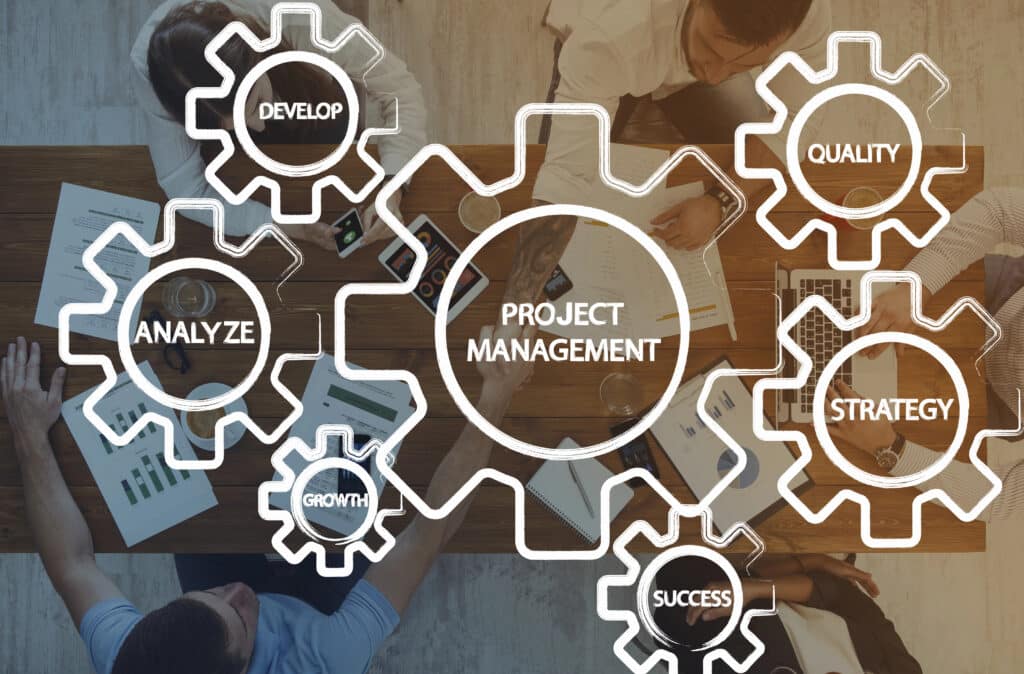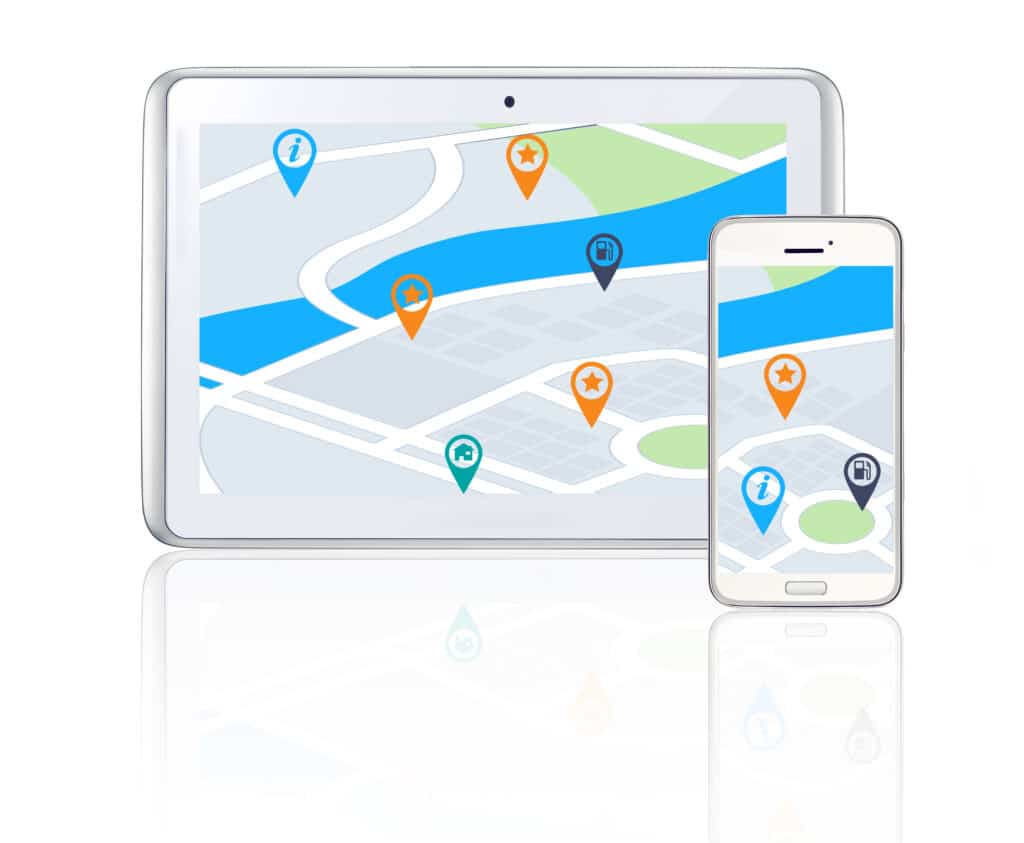
Efficient scheduling can make or break a contractor’s workflow. From unexpected project delays to juggling multiple appointments, poor planning wastes time and costs money.
The good news is that contractors in 2025 have access to smarter tools and systems that simplify coordination. These solutions bring order to even the most complex project timelines.
Here is how savvy contractors are streamlining scheduling with innovative methods and strategies.
1. AI-Powered Scheduling Software

Contractors increasingly turn to AI-driven platforms for smarter, faster scheduling. These tools analyze variables like crew availability, deadlines, and material delivery dates to generate optimal timelines automatically.
AI not only saves time but also reduces human error. It can flag overlapping appointments or double bookings before they cause problems, which helps contractors adhere to tight project deadlines without chaos.
Many systems now include industry-specific options. For instance, back-office pool service software supports scheduling for mobile teams handling swimming pool cleanings and maintenance. It combines AI with job dispatching to keep operations running smoothly.
2. Real-Time Crew Availability Tracking

Knowing where your team is and what they’re working on prevents wasted time. Real-time crew availability tools let contractors instantly check schedules, current tasks, or downtime without constant phone calls.
GPS-enabled apps often power these systems. Team members can log updates directly from job sites, giving supervisors accurate data to plan their next moves confidently.
Flexibility becomes much easier with real-time tracking. Last-minute changes or unexpected delays are no longer disruptive since the system identifies who’s free and nearby for quick reassignment.
3. Integrated Project Management Platforms

Another way contractors streamline scheduling is through integrated project management platforms. These systems centralize everything, including task assignments, timelines, and budgets, into one accessible hub.
Collaboration improves when everyone has real-time access to updates. Teams can track progress, share files, and flag issues without needing endless emails or meetings that slow things down.
Advanced platforms also sync with other tools like accounting software or material inventory trackers. Contractors stay organized by consolidating critical information in one place while reducing manual data entry.
4. Automated Client Reminders and Updates

Contractors also rely on automated systems to handle client communications. Scheduling platforms can send reminders about upcoming appointments, reducing no-shows and keeping projects on track without manual follow-ups.
Clear updates help clients feel informed throughout the process. Automated messages share progress reports, rescheduling notices, or even arrival times when delays happen unexpectedly. Contractors build trust by ensuring consistent communication without extra effort from their team.
These tools often integrate with calendars or CRM systems for added efficiency. Clients stay in the loop while contractors focus on delivering quality work rather than chasing down confirmation calls or emails.
5. GPS-Enabled Equipment and Fleet Coordination

Lastly, GPS technology transforms how contractors manage equipment and vehicle fleets. Tracking tools pinpoint locations in real time, helping teams optimize routes or find the nearest available resources when needed.
Lost or underutilized machinery becomes less of an issue. With precise tracking, contractors quickly identify idle assets or schedule preventive maintenance before breakdowns occur. Time on-site stays productive without unnecessary delays searching for tools or transport.
Fleet coordination also supports tighter project timelines. Crews arrive at job sites faster with optimized routes generated by GPS data, keeping projects running smoothly while cutting fuel costs.
Wrapping Up
Contractors who lean into smarter scheduling tools save time, protect their margins, and keep clients happy. The right systems reduce guesswork, limit delays, and keep everyone on the same page.
In 2025, staying competitive means running leaner without losing control of the calendar. Every minute counts when your schedule works as hard as you do.
- 0shares
- Facebook0
- Pinterest0
- Twitter0



